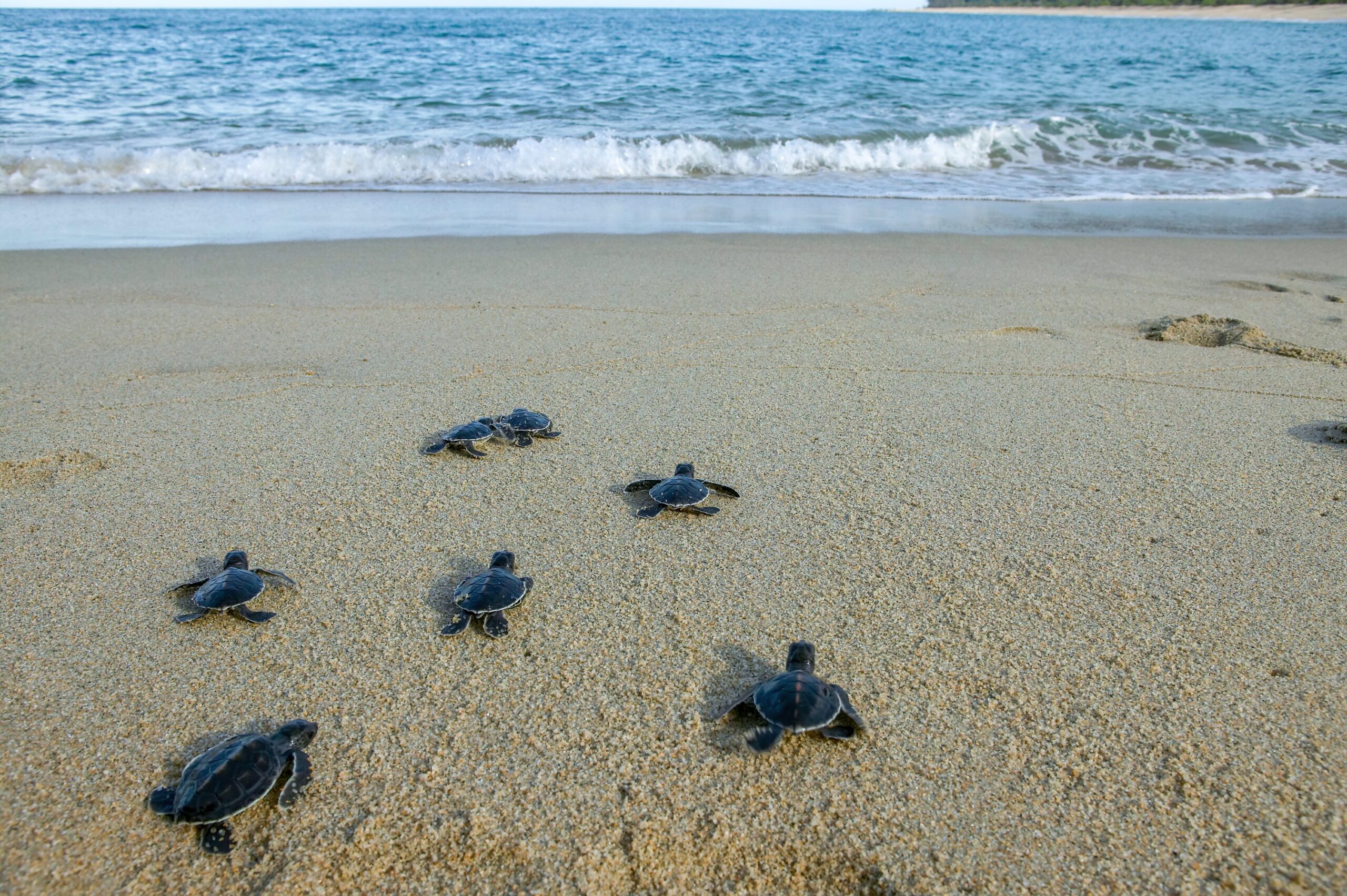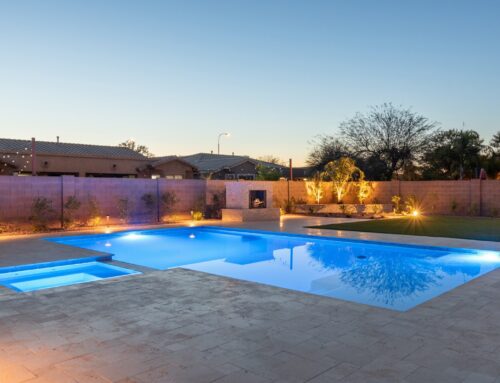As the days lengthen and summer approaches, a vital period unfolds for Florida and other Southern States’ magnificent sea turtles. Nesting season commences, with these gentle giants emerging from the ocean depths to lay their eggs on sandy shores. While this natural spectacle is awe-inspiring, artificial lights pose a significant threat to their nesting success.
Turtle Nesting and Hatching Season in the US
Across the United States, sea turtle nesting season typically stretches from March to October, with peak activity occurring between May and August. Florida, in particular, serves as a critical nesting ground for several threatened and endangered species, including the Loggerhead, Green, Leatherback, and Kemp’s Ridley sea turtles.
The Detrimental Effects of Artificial Lighting
During nesting season, female sea turtles navigate the darkness toward the beach using natural light cues from the moon and stars. Artificial lights, however, disrupt this vital navigation system. Disoriented by the bright glow, they may:
- Crawl away from the ocean: This not only delays nesting but also exposes them to dangers on land, like predators and vehicles.
- Dig nests in unsuitable locations: This can lead to nest erosion, flooding, or accidental destruction.
- Hatchlings become disoriented: After emerging from the nest, baby turtles instinctively crawl towards the brightest light source, often leading them away from the ocean and towards dangers like roads or swimming pools.
The Importance of Turtle-Safe Lighting
Given these detrimental effects, implementing turtle-friendly lighting practices becomes crucial for protecting these vulnerable creatures. This applies not only to beachfront properties but also to inland areas where nesting occasionally occurs near waterways.
Key Requirements and Recommendations:
Here’s a breakdown of essential guidelines for turtle-safe lighting:
- Keep it Low: Opt for low-wattage bulbs with minimal upward light projection.
- Keep it Shielded: Utilize fixtures that effectively direct light downwards, preventing light trespass beyond the intended area.
- Keep it Long: Choose longer-wavelength lights, such as high-pressure sodium (HPS) or amber-colored LED bulbs with a wavelength exceeding 560 nanometers (nm).
Florida Regulations
Florida has specific regulations outlined by the Florida Fish and Wildlife Conservation Commission (FWC) to safeguard nesting sea turtles. These primarily apply to beachfront properties:
- Direct lighting: Sea turtle nesting beaches are designated as “Lighting Zones” with restrictions on the type and intensity of lights allowed.
- Shielding: All lights must be shielded to minimize upward light projection.
- Timers: Lights should be turned off during nesting season when not in use, especially between dusk and dawn.
Blue Square’s Turtle-Safe Light Options
Blue Square Manufacturing recognizes the significance of turtle conservation and offers a variety of lighting solutions that adhere to these guidelines. Our turtle-safe LED pool lights are specifically designed to minimize light impact on nesting sea turtles.
Here are some key features of Blue Square’s turtle-safe lighting options:
- Long-wavelength LED technology: Blue Square’s turtle-safe lights utilize LEDs that emit light with a wavelength above 560 nm. This spectrum falls outside the range that disrupts sea turtle nesting and hatchling behavior.
- Shielded design: The lights are encased in a specially designed housing that effectively directs light downwards, preventing light trespass beyond the intended area.
- Low-light output: Blue Square’s turtle-safe lights are designed with lower wattage to further reduce the potential for light interference.
Additional Tips
- Motion sensors: Consider installing motion sensor lights instead of keeping lights on constantly.
- Low-profile lighting: Opt for low-mounted bollard lights or path lights instead of floodlights.
- Educate others: Spread awareness about the importance of turtle-safe lighting among neighbors and community members.
Working Together for Turtle Conservation
By adopting these practices, pool owners and builders can significantly contribute to protecting sea turtles during their critical nesting season. Here are some additional resources for further information:
- Florida Fish and Wildlife Conservation Commission (FWC): https://myfwc.com/
- Sea Turtle Conservancy: https://conserveturtles.org/
By working together, we can ensure that Florida’s beaches remain safe havens for these magnificent creatures, allowing future generations to witness the wonder of sea turtle nesting. Remember, small changes in our lighting practices, including incorporating turtle-safe lighting solutions like those offered by Blue Square Manufacturing, can have a significant positive impact on the conservation of these threatened and endangered species.







